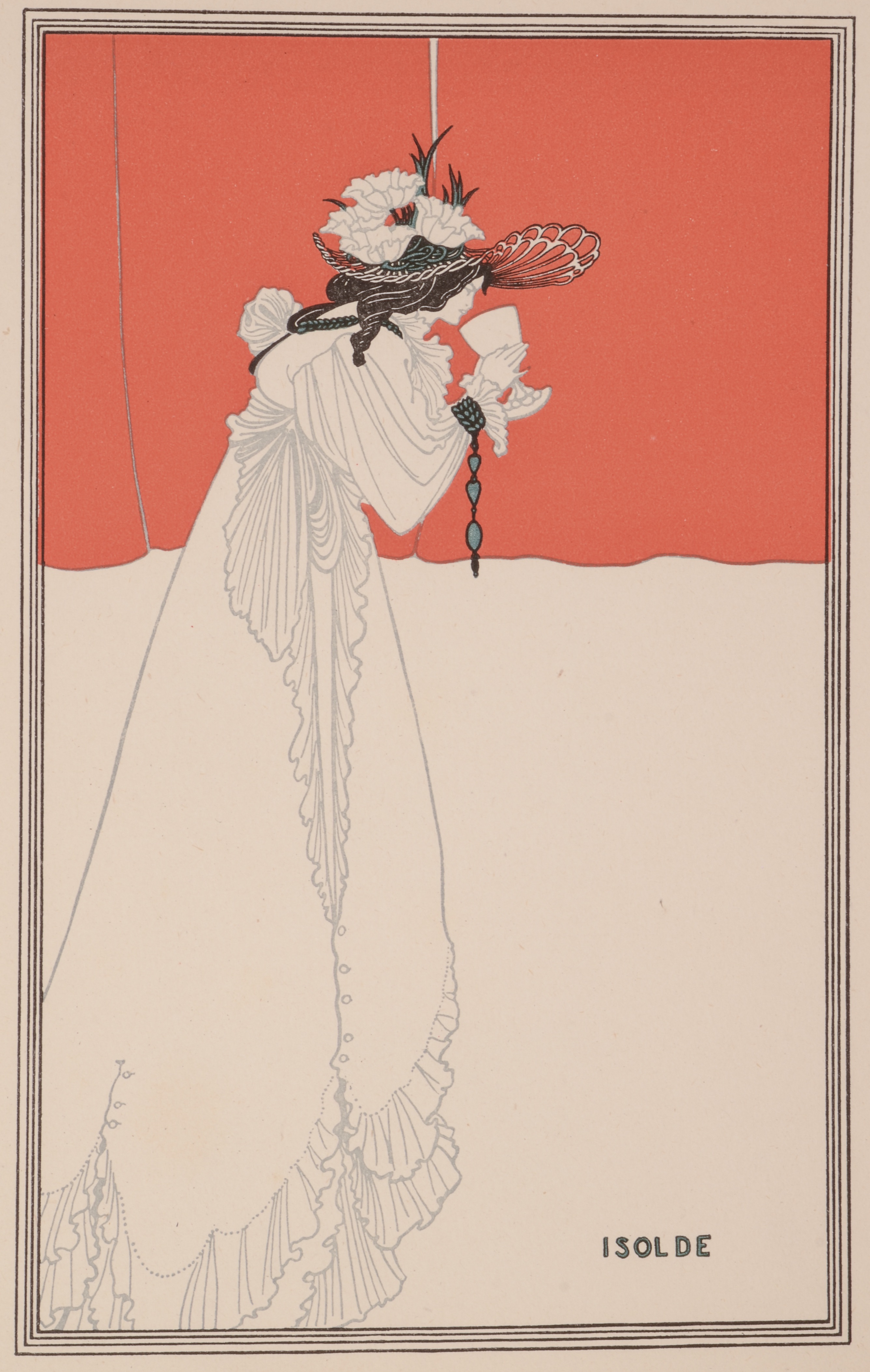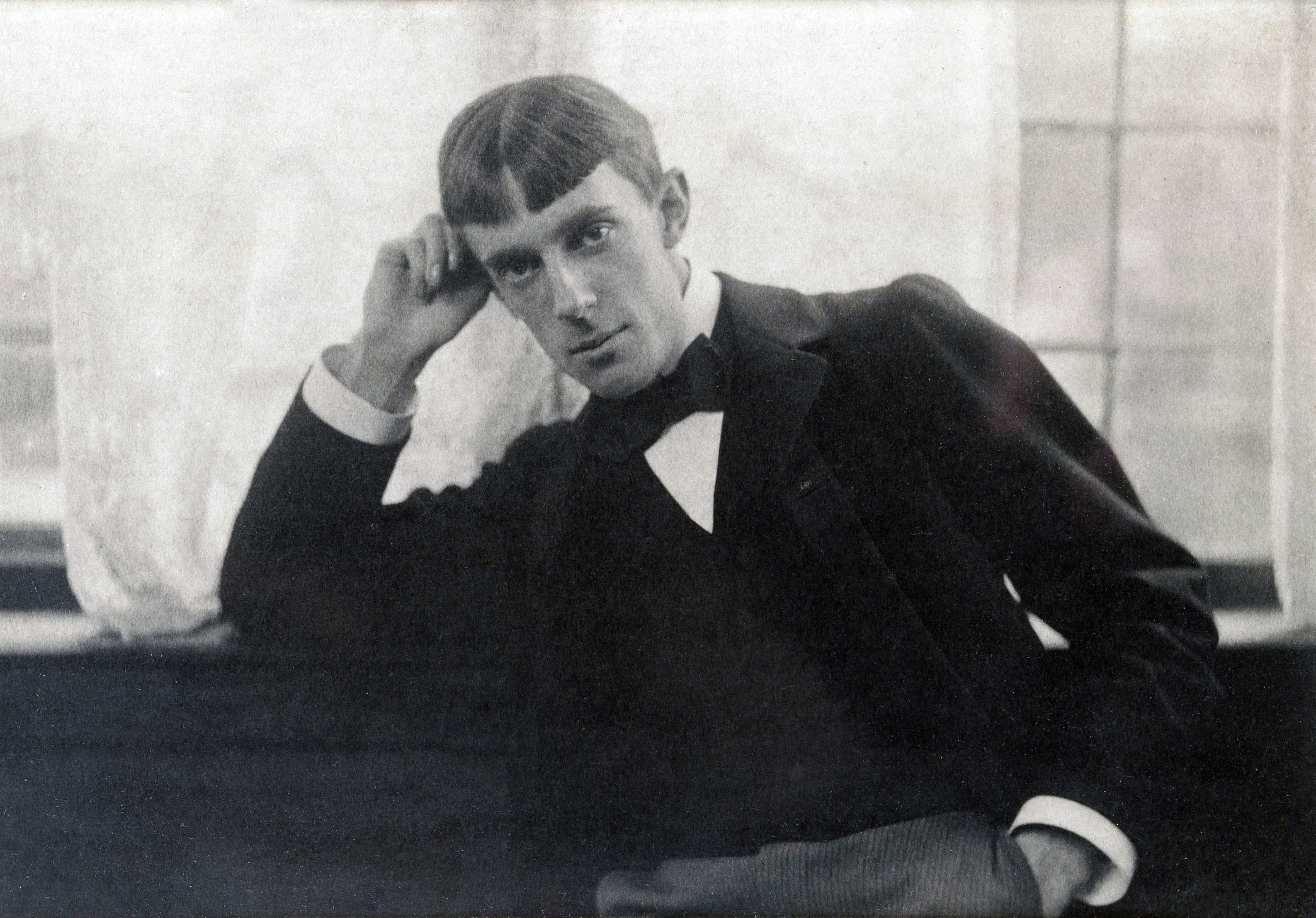This month we’re partnering with Europeana again to celebrate their fantastic new Art Nouveau season (21 February - 29 May). The season explores the depth and diversity of the influential art movement and features beautiful Art Nouveau jewellery, posters and much more. It is led by a major new exhibition that tells the story of Art Nouveau from its origins to its brilliant heyday, and features fifty artworks from more than twenty museums.
Today we explore the work of the English illustrator Aubrey Beardsley (1872-1898), an important figure in the Aesthetic movement and Art Nouveau period.
In the tales of King Arthur, the Irish princess Isolde and the knight Tristan are bound together by a love potion, with ultimately tragic results. Although Aubrey Beardsley illustrated Malory’s Le Morte d’Arthur, a version of the medieval legend published in the 15th century, the Isolde depicted here probably refers to the libretto of Wagner’s opera Tristan und Isolde. Beardsley greatly admired Wagner and said that he “would do anything and go anywhere… to hear Wagner’s music.”
Beardsley’s image captures the moment when Isolde is about to drink from a goblet containing a love potion, rather than the poison that she expects. Beardsley uses a vivid crimson curtain to isolate Isolde in profile, like a figure on a stage.
Isolde was reproduced as a colour lithograph in the periodical The Studio in 1895. The Studio was an illustrated fine arts and decorative arts magazine, first published in London in 1893 with a cover design by Beardsley. The Studio exerted a major influence on the development of Art Nouveau.
Dogged by ill health throughout his life, Beardsley’s career was tragically cut short by his death from tuberculosis at the age of 25. In his brief lifetime, Beardsley’s distinctive art was celebrated and highly influential; it remains so today.


 Aubrey Beardsley
Aubrey Beardsley